Recent Articles
Popular Makes
Body Types
How to Replace Belts on a Car
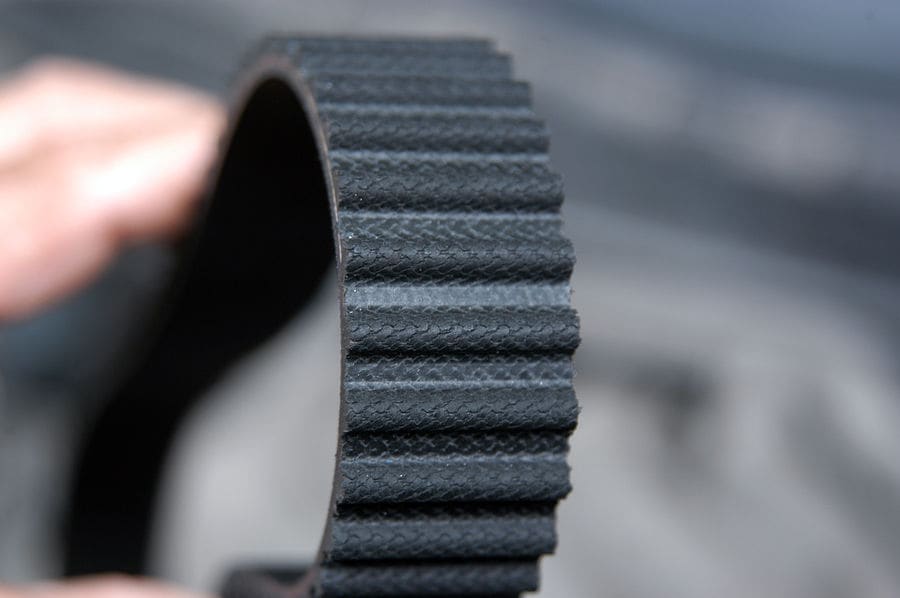
timing belt
The belts on your vehicle's engine transfer the rotation of the crankshaft to the other engine accessories such as the water pump and alternator. These belts are sometimes also referred to as fan belts because they also turn the mechanical fan, if the car is equipped with one.
Older Cars Use V-Belts
Many older vehicles use several v-belts to power different accessories, and the belt only touches the pulleys on one of its sides.
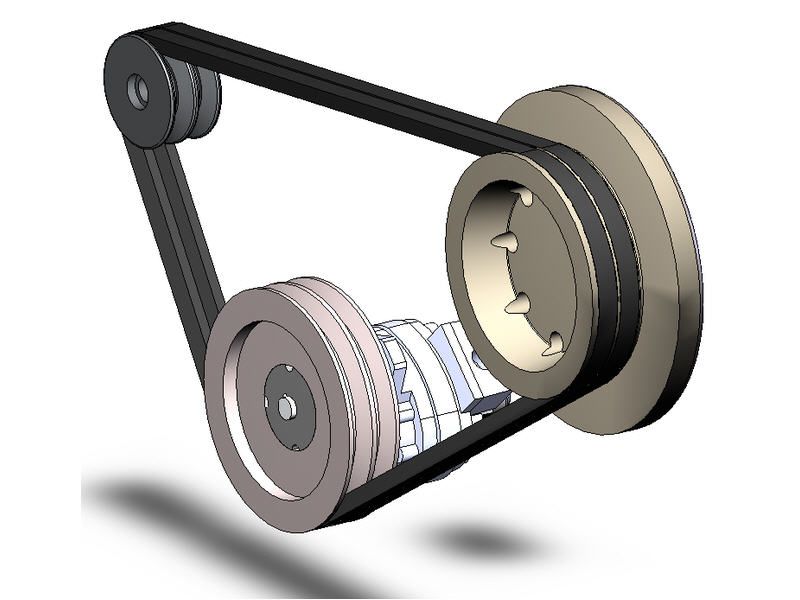
Photo by Wikimedia Commons
Newer Cars Use a Serpentine Belt
Most newer vehicles use a single serpentine belt that wraps around the accessories using both sides of the belt.
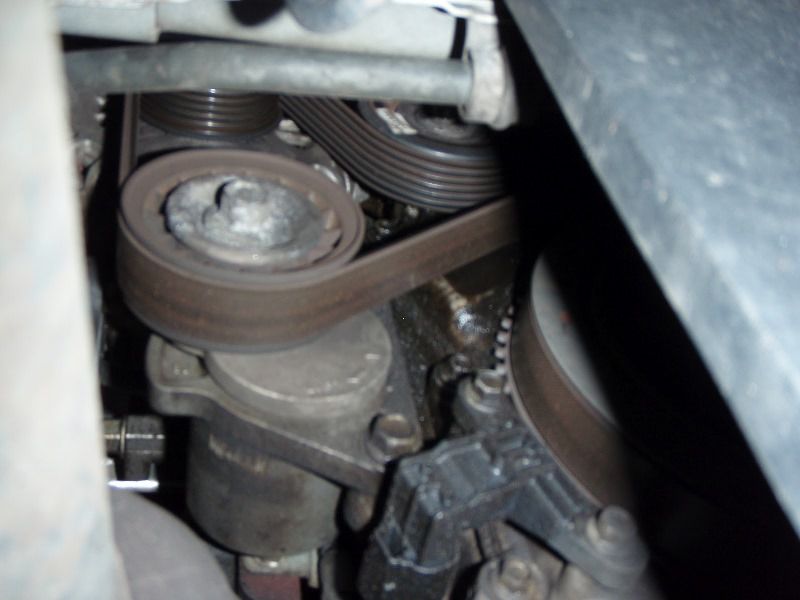
When to Change the Belt
If your belts have been squealing, or if they are cracked or glazed, it may be time to change them.
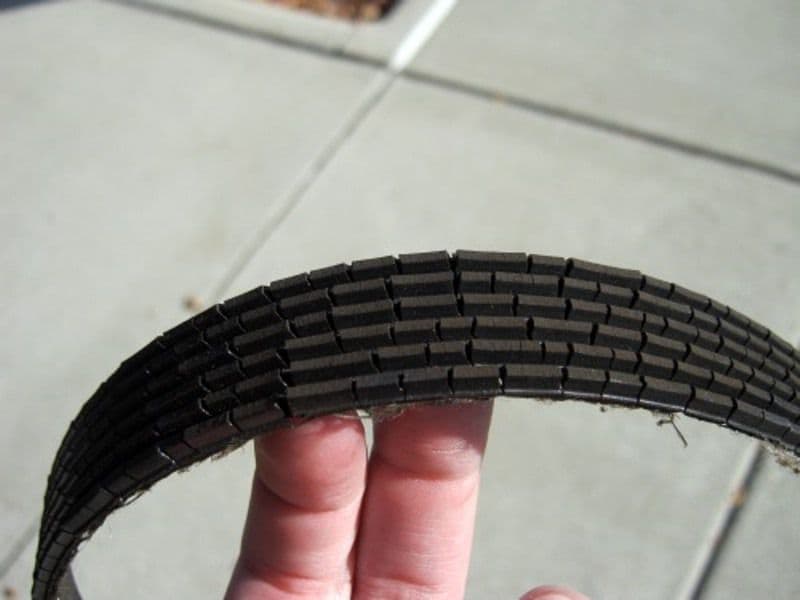
Get the Right Replacement Part
Before changing the belts you will need to purchase a replacement whose length and width are specific to your vehicle.
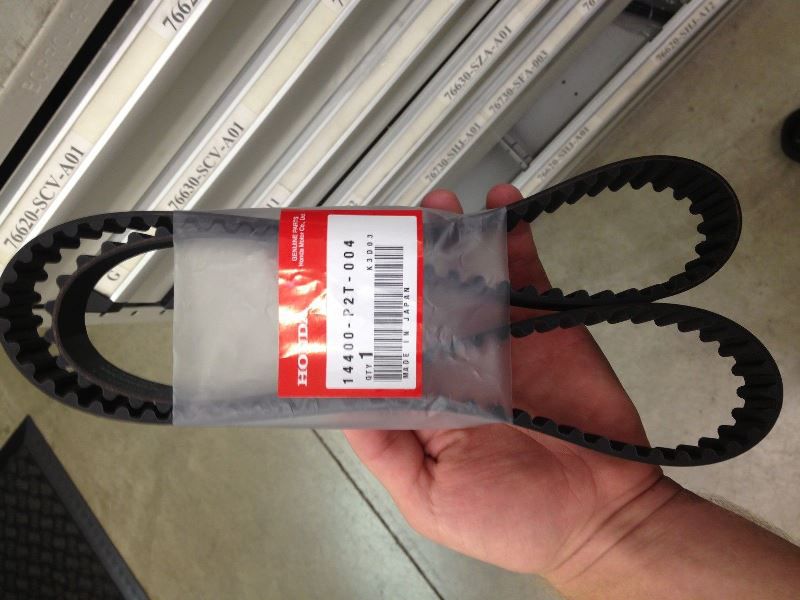
Loosen V-Belt Accessory
To change a belt, you first need to remove the tension on it. On a V-belt this is normally done by loosening one of the accessories, often the alternator, or by loosening a special tensioner. With the tension removed, you should be able to slip the belt off of the pulleys. In some cases, you will need to remove several other belts in order to gain access to the one that needs replacement. Once the old belt has been removed, simply wrap the new belt around the pulleys, and then tension the belt using the accessory or tensioner that you loosened when removing the belt.
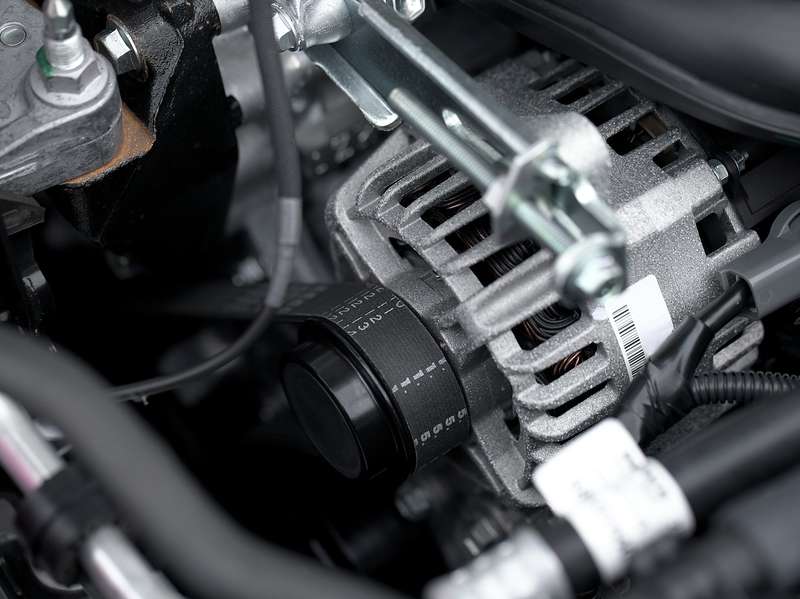
Loosen Serpentine Belt Tensioner
On a serpentine belt system, the tension is usually removed by placing a ratchet or serpentine belt tool into the tensioner, and then pushing the tensioner to loosen the belt. With the belt loose, slip it off one of the accessories, and then remove the belt. Route the new belt the same way as the old one, and place it over the tensioner and all of the pulleys except for one. Push the tensioner again and slip the belt over the final pulley.
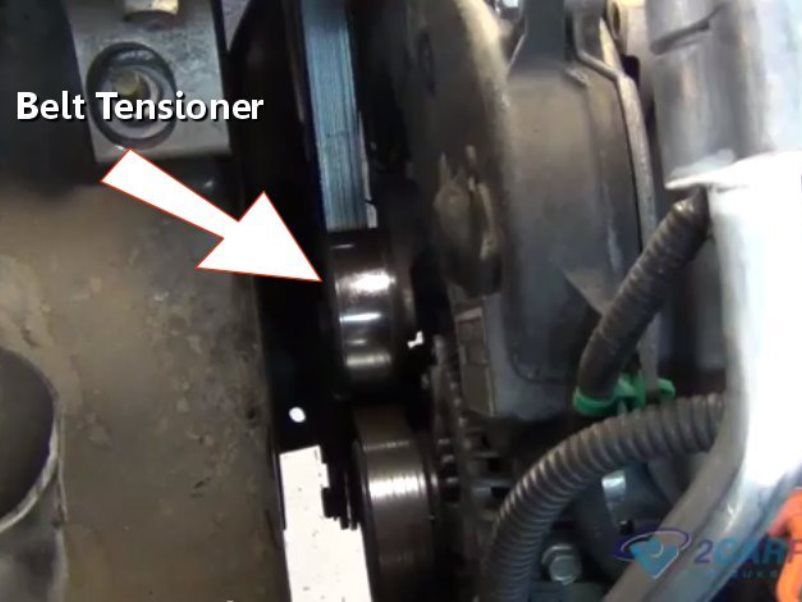
Photo by Blogspot
Check for Deflection
Once the belt has been replaced, double check that it is properly aligned with no twists and use a finger to test its tension. The belt should not deflect more than a half or three quarters of an inch. If everything looks good, start the car and take it for a test drive.
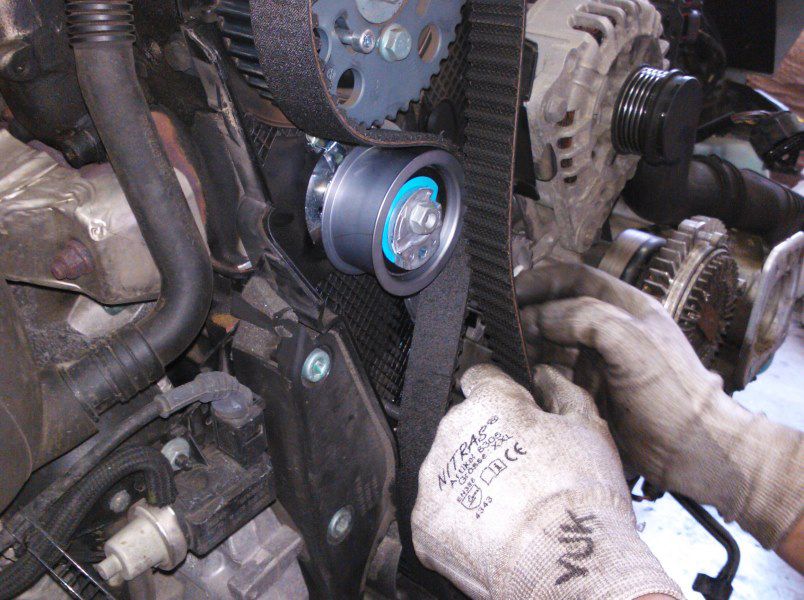
Photo by Wikimedia Commons